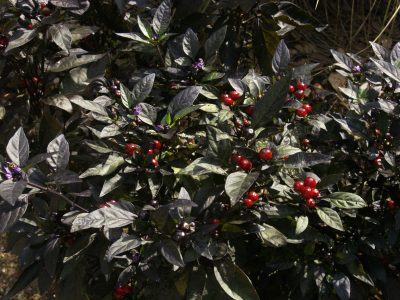Can I use soapy shower or kitchen water in the garden?
We can harvest water outside, but what about the gallons that go down the drain INSIDE? Put it to work!
Many people capture the cold water from the sink or the shower while they’re waiting for it to heat up, which is great. But you can also capture water WHILE you shower. It’s especially easy if you live in a newer home, since a lot of new construction tends to have stand-alone showers, separate from the bath tub. You just need a few buckets and you can capture several gallons of water every time you shower. This may not sound like much, but in our continued drought, a few gallons go a long way.
In my shower, I use two round buckets, but the real key is the flat-sided bucket that I put between them. I can press the flat bucket up against the back of the shower and catch all of the water that misses me and bounces off the wall. I catch about 4 gallons per shower, which I normally use on my oak trees in the front yard. Even though these trees are dormant during the winter, as are a lot our plants, they still need a little water.
So, what about soap in the shower? Well, most of the water that gets into my buckets has totally missed me, and so doesn’t have any soap in it. But even if the water WAS soapy, it wouldn’t hurt anything. The concentration of soap would not be that high, and soaps these days no longer contain phosphates, which used to be a problem.
Some gardeners use a plastic basin in the kitchen sink to pour that water into the garden, too. That’s perfectly fine, but if you have a lot of food residue in the water, you might want to pour it on your compost pile instead.

 Judy Barrett
Judy Barrett Judy Barrett Book List
Judy Barrett Book List Daphne Richards
Daphne Richards
 Trisha Shirey
Trisha Shirey